#red buckeye
Text
April 2024: Wednesday In The Garden
My queen gathering roses & fern fronds for a flower arrangement:
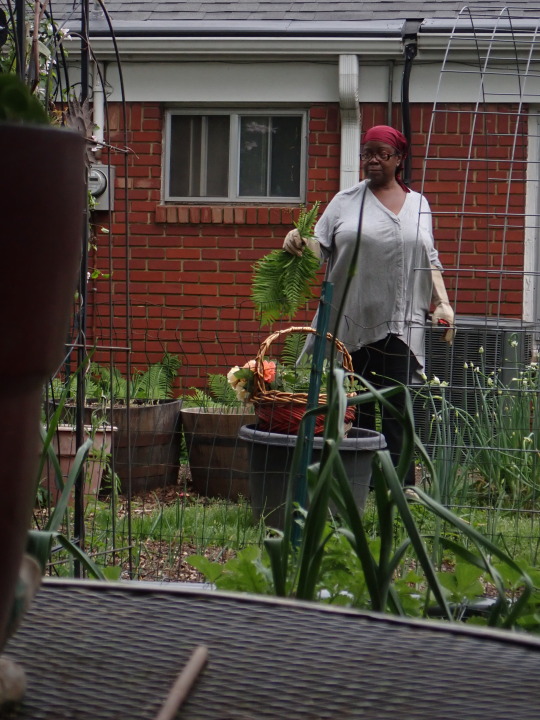


Our three & a half foot tall cilantro. Seeds will be saved:
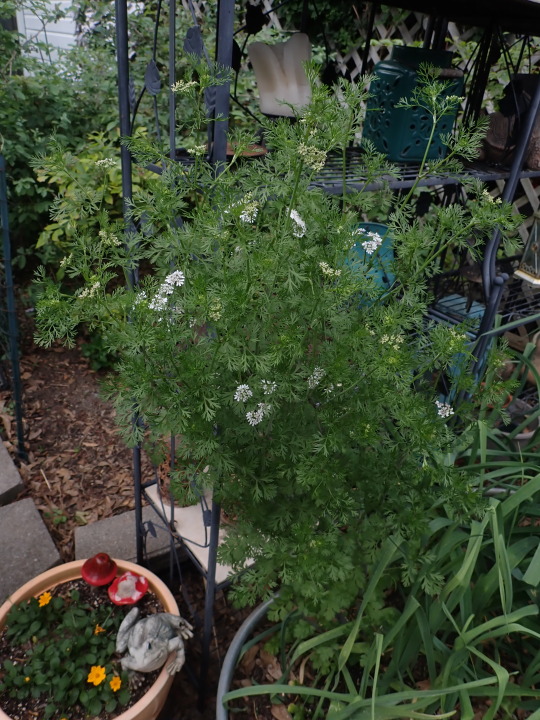
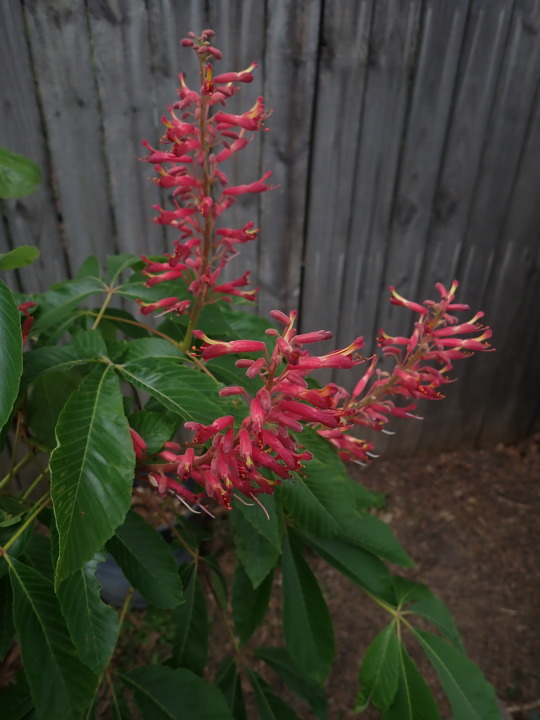
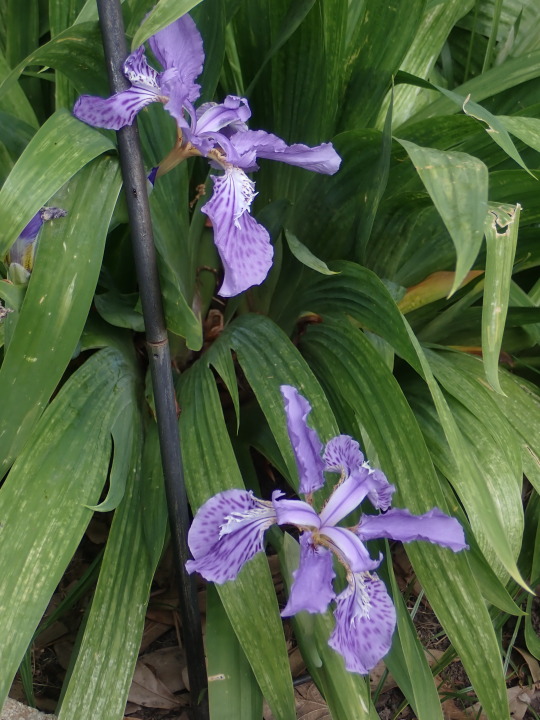


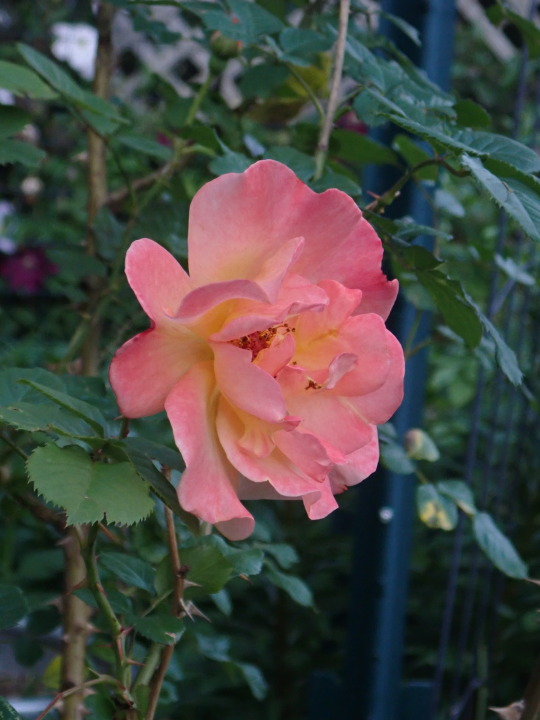

Wednesday night dinner - steak with chimichurri, salad, peas, sweet potato & grilled bell pepper:
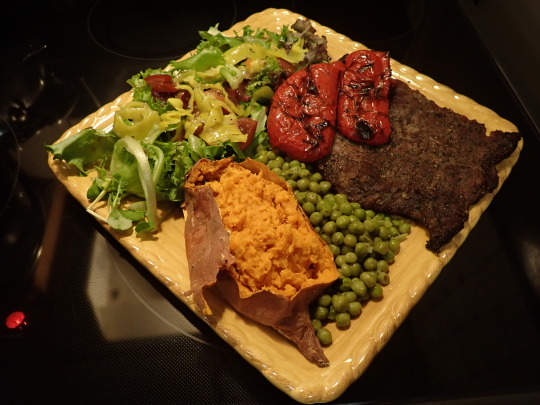
#garden#gardening#backyard garden#flowers#my queen#ferns#cilantro#buckeye#red buckeye#iris#blossoms#roses#rose#dinner#salad#peas#sweet potato#grilled bell pepper#steak#chimichurri#life in memphis
5 notes
·
View notes
Text

Found a red buckeye on my walk in the woods today! The best way to identify a buckeye is to remember 'buckeye five'. The leaves are grouped in whirls of five!
3 notes
·
View notes
Text

Aesculus pavia / Red Buckeye at the Sarah P. Duke Gardens at Duke University in Durham, NC
#Aesculus pavia#Aesculus#Sapindaceae#Red Buckeye#Scarlet Buckeye#Woolly Buckeye#Firecracker Plant#Native plants#Native flowers#Native trees#Flowers#Plants#Trees#Sarah P. Duke Gardens#Duke Gardens#Duke University#Durham#Durham NC#North Carolina#nature photography#photographers on tumblr
0 notes
Text
Collected 37 red buckeye seeds :)
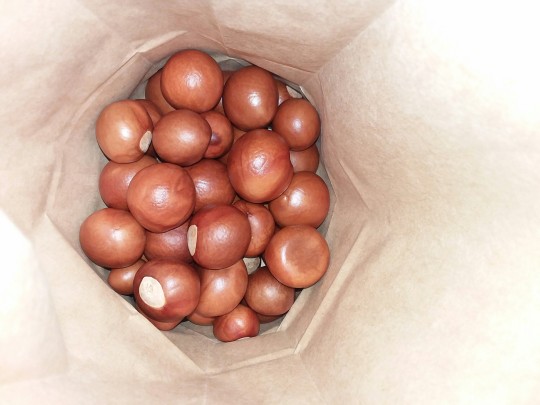
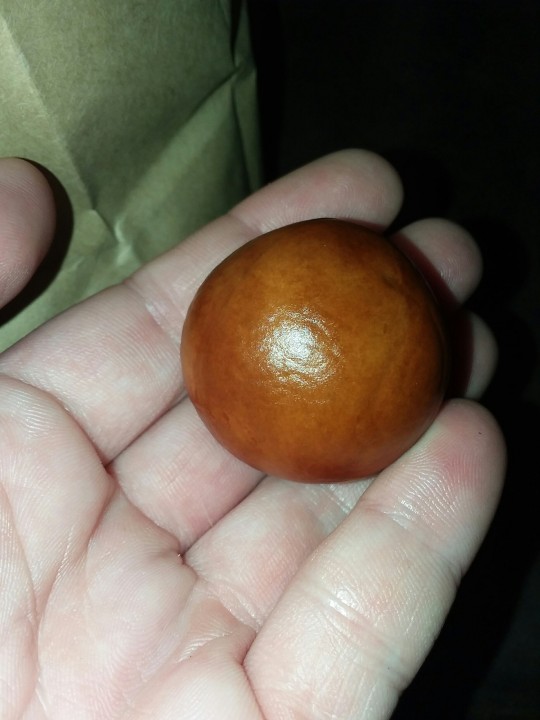
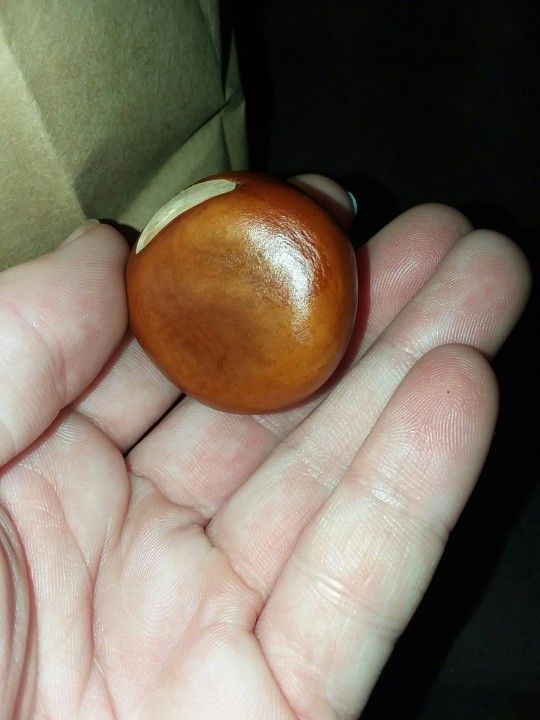

[ID: Four photos taken with flash turned on. The first shows the inside of a brown paper bag, with many large, round brown seeds inside. The next three show a white hand holding a single seed, showing it is very large, with a light brown cat and a white patch at the top. End ID.]
0 notes
Text


Time to go do more of the quests for relic info! We left Blackdragon and Socks (the other two competent fighters besides Vasso and Laursen) at home to guard the base.


Vasso definitely could have done this one alone, though. It was ridiculously easy.



Garfo: A tragedy in three parts
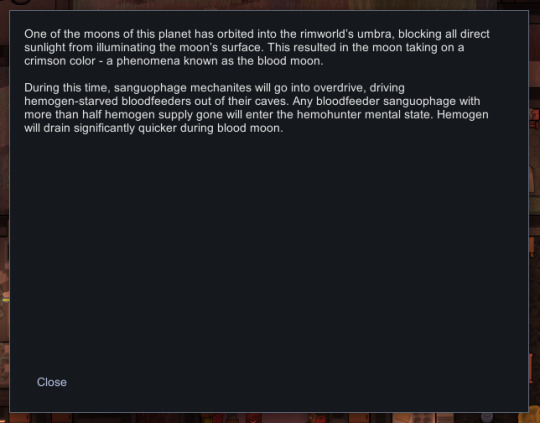

And lastly, everything turned red for a bit. It was very cool! I confess I haven't played with sanguophages yet. Perhaps that's something to look into after my mechanitor run.
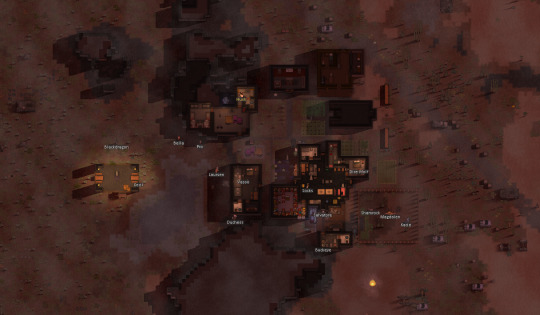
Bonus shot of Parish-by-the-Expanse under the Blood Moon because I thought it looked pretty.
First | Next | Previous
#rimworld#gracie plays#The Children of Ecthuctu#art#my art#traditional art#rimworld art#unpolished art#Buckeye and Pro just came on the quest to make up the required four#Pro doesn't have a weapon yet and Buckeye sucks at fighting in all forms#But I didn't want to bring Socks and Blackdragon#In case they were needed at home#But now we just have one more info-gathering to do I think#Then we can hopefully grab our relic and set off on the next leg of our journey towards the ship!#Garfo had an amusing name but he was pretty boring#A baseliner with unexceptional traits and skills#Better to be used for nutrition if you catch my meaning#I enjoyed the Blood Moon#It was very nice#I kinda wish I could make the colony look hazy and red all the time#It would be suitably eerie for The Children of Ecthuctu I think#Have a fantastic day everyone!! <3
25 notes
·
View notes
Photo

Yianni Diakomihalis (left) after taking down Joey McKenna
40 notes
·
View notes
Photo

fun with ink pens
#em draws stuff#hornblower#henry v 1989#back again back again#we've got a bush a (very small) henry an ilyaas and a couple of beaſts - the typical doodle subjects lately!#forgot my pencil but I get twitchy if I can't sketch during lectures#and so the really good red pen got its moment in the sun#enough that my space-filling leaves started bleeding over into the other drawings on the page!#in other news I picked up a pair of buckeyes on a walk and have been spinning them in my hand while I do other stuff#and sensationally this is such a pleasant experience
22 notes
·
View notes
Photo



Kaleb Romero (https://www.instagram.com/p/CjmDXJKsa4A/?next=%2F)
#kaleb romero#ohio state buckeyes#buckeyes#wrestlingbucks#wrestling bucks#wrestling#wrestling practice#practice#wrestling training#training#wrestling tights#compression tights#compression#men in tights#black#wrestling singlet#singlet#red
16 notes
·
View notes
Text

0 notes
Text
March 2023: Sunday Walk
Breakfast... well, as late as we got up, it was probably more like brunch:

Seen while walking:
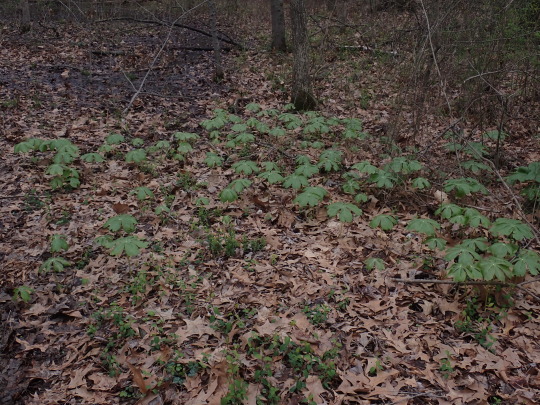

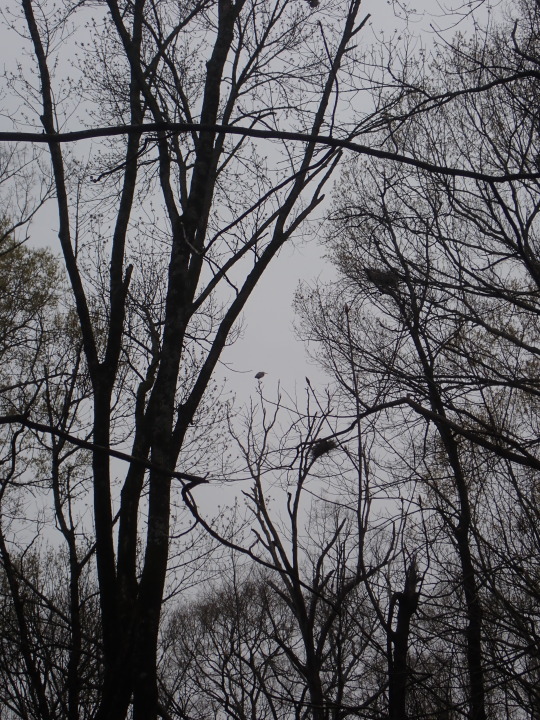
The vetch is starting to bud out:

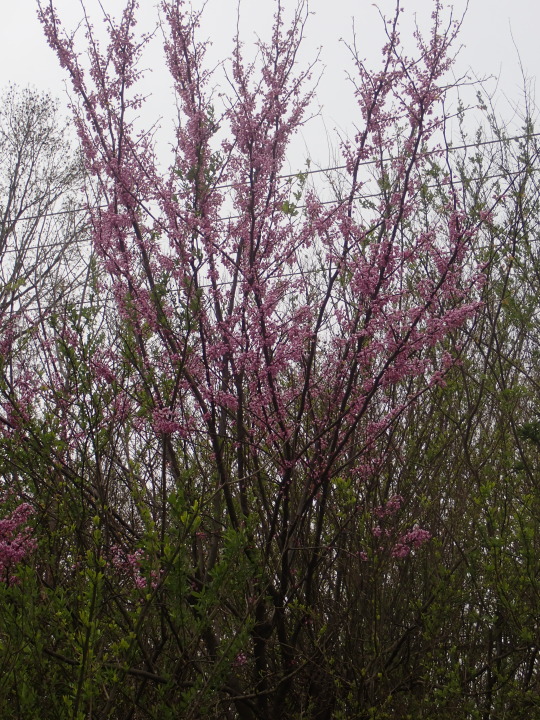

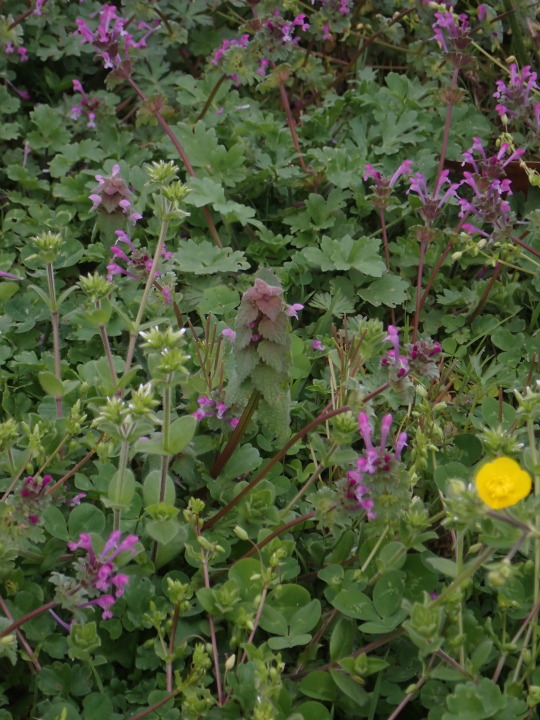
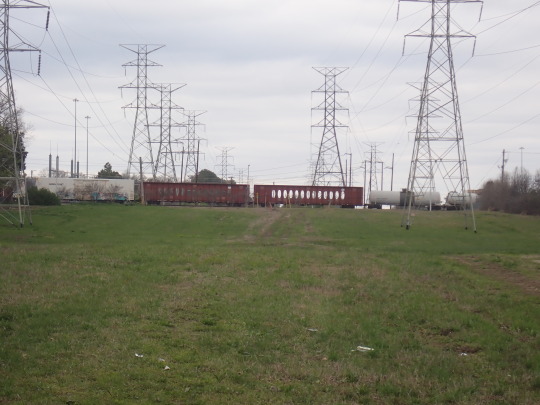
Mole tunnel:

Green & gray:

#breakfast#brunch#sausage#orange#rice & peas#seen while walking#the wasteland#hardwood bottomland#red buckeye#great blue heron#gray sky#flowers#wildflowers#vetch#redbud#dead nettle#henbit#buttercup#ranunculus#train#mole tunnel#landscape#life in memphis
5 notes
·
View notes
Photo
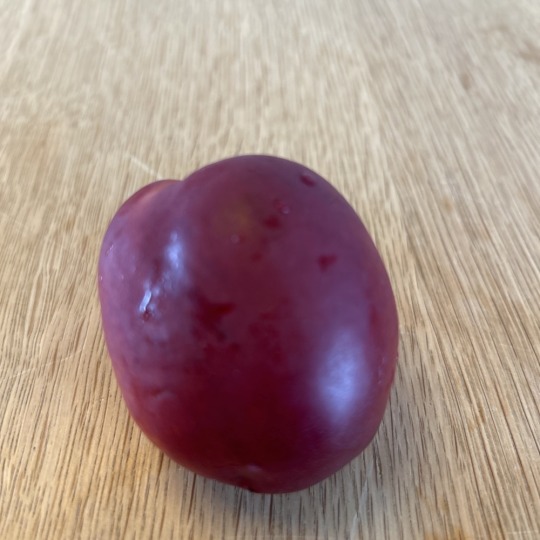
Vitamin-Packed Buckeye Red Delicious Eating Apples
#fruit#edible fruit#delicious#apple#sweet#diet#healthy#juicy#ripe#fresh#cherry#red delicious#vitamin#buckeye#seed#berry#dessert#eating apple#eating
0 notes
Text
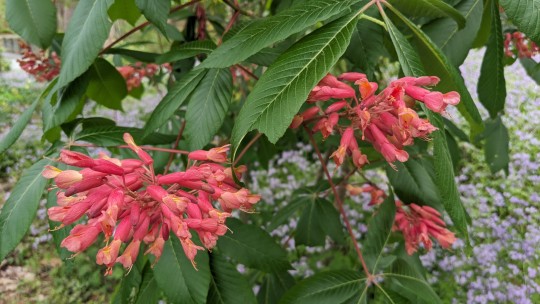
Aesculus pavia / Red Buckeye at the Sarah P. Duke Gardens at Duke University in Durham, NC
#Aesculus pavia#Aesculus#Sapindaceae#Red Buckeye#Scarlet Buckeye#Woolly Buckeye#Firecracker Plant#Buckeye#Native plants#Native flowers#Native trees#Plants#Flowers#Trees#Nature photography#photographers on tumblr#Sarah P. Duke Gardens#Duke Gardens#Duke University#Durham#Durham NC#North Carolina
1 note
·
View note
Text
oh my gosh so it is just one giant seed in there. cool.
youtube
0 notes
Text
There, in the sunlit forest on a high ridgeline, was a tree I had never seen before.
I spend a lot of time looking at trees. I know my beech, sourwood, tulip poplar, sassafras and shagbark hickory. Appalachian forests have such a diverse tree community that for those who grew up in or around the ancient mountains, forests in other places feel curiously simple and flat.
Oaks: red, white, black, bur, scarlet, post, overcup, pin, chestnut, willow, chinkapin, and likely a few others I forgot. Shellbark, shagbark and pignut hickories. Sweetgum, serviceberry, hackberry, sycamore, holly, black walnut, white walnut, persimmon, Eastern redcedar, sugar maple, red maple, silver maple, striped maple, boxelder maple, black locust, stewartia, silverbell, Kentucky yellowwood, blackgum, black cherry, cucumber magnolia, umbrella magnolia, big-leaf magnolia, white pine, scrub pine, Eastern hemlock, redbud, flowering dogwood, yellow buckeye, white ash, witch hazel, pawpaw, linden, hornbeam, and I could continue, but y'all would never get free!
And yet, this tree is different.
We gather around the tree as though surrounding the feet of a prophet. Among the couple dozen of us, only a few are much younger than forty. Even one of the younger men, who smiles approvingly and compliments my sharp eye when I identify herbs along the trail, has gray streaking his beard. One older gentleman scales the steep ridge slowly, relying on a cane for support.
The older folks talk to us young folks with enthusiasm. They brighten when we can call plants and trees by name and list their virtues and importance. "You're right! That's Smilax." "Good eye!" "Do you know what this is?—Yes, Eupatorium, that's a pollinator's paradise." "Are you planning to study botany?"
The tree we have come to see is not like the tall and pillar-like oaks that surround us. It is still young, barely the diameter of a fence post. Its bark is gray and forms broad stripes like rivulets of water down smooth rock. Its smooth leaves are long, with thin pointed teeth along their edges. Some of the group carefully examine the bark down to the ground, but the tree is healthy and flourishing, for now.
This tree is among the last of its kind.
The wood of the American Chestnut was once used to craft both cradles and coffins, and thus it was known as the "cradle-to-grave tree." The tree that would hold you in entering this world and in leaving it would also sustain your body throughout your life: each tree produced a hundred pounds of edible nuts every winter, feeding humans and all the other creatures of the mountains. In the Appalachian Mountains, massive chestnut trees formed a third of the overstory of the forest, sometimes growing larger than six feet in diameter.
They are a keystone species, and this is my first time seeing one alive in the wild.
It's a sad story. But I have to tell you so you will understand.
At the turn of the 20th century, the chestnut trees of Appalachia were fundamental to life in this ecosystem, but something sinister had taken hold, accidentally imported from Asia. Cryphonectria parasitica is a pathogenic fungus that infects chestnut trees. It co-evolved with the Chinese chestnut, and therefore the Chinese chestnut is not bothered much by the fungus.
The American chestnut, unlike its Chinese sister, had no resistance whatsoever.
They showed us slides with photos of trees infected with the chestnut blight earlier. It looks like sickly orange insulation foam oozing through the bark of the trees. It looks like that orange powder that comes in boxes of Kraft mac and cheese. It looks wrong. It means death.
The chestnut plague was one of the worst ecological disasters ever to occur in this place—which is saying something. And almost no one is alive who remembers it. By the end of the 1940's, by the time my grandparents were born, approximately three to four billion American chestnut trees were dead.
The Queen of the Forest was functionally extinct. With her, at least seven moth species dependent on her as a host plant were lost forever, and no one knows how much else. She is a keystone species, and when the keystone that holds a structure in place is removed, everything falls.
Appalachia is still falling.
Now, in some places, mostly-dead trees tried to put up new sprouts. It was only a matter of time for those lingering sprouts of life.
But life, however weak, means hope.
I learned that once in a rare while, one of the surviving sprouts got lucky enough to successfully flower and produce a chestnut. And from that seed, a new tree could be grown. People searched for the still-living sprouts and gathered what few chestnuts could be produced, and began growing and breeding the trees.
Some people tried hybridizing American and Chinese chestnuts and then crossing the hybrids to produce purer American strains that might have some resistance to the disease. They did this for decades.
And yet, it wasn't enough. The hybrid trees were stronger, but not strong enough.
Extinction is inevitable. It's natural. There have been at least five mass extinctions in Earth's history, and the sixth is coming fast. Many people accepted that the American chestnut was gone forever. There had been an intensive breeding program, summoning all the natural forces of evolution to produce a tree that could survive the plague, and it wasn't enough.
This has happened to more species than can possibly be counted or mourned. And every species is forced to accept this reality.
Except one.
We are a difficult motherfucker of a species, aren't we? If every letter of the genome's book of life spelled doom for the Queen of the Forest, then we would write a new ending ourselves. Research teams worked to extract a gene from wheat and implant it in the American chestnut, in hopes of creating an American chestnut tree that could survive.
This project led to the Darling 58, the world's first genetically modified organism to be created for the purpose of release into the wild.
The Darling 58 chestnut is not immune, the presenters warned us. It does become infected with the blight. And some trees die. But some live.
And life means hope.
In isolated areas, some surviving American Chestnut trees have been discovered, most of them still very young. The researchers hope it is possible that some of these trees may have been spared not because of pure luck, but because they carry something in their genes that slows the blight in doing its deadly work, and that possibly this small bit of innate resistance can be shaped and combined with other efforts to create a tree that can live to grow old.
This long, desperate, multi-decade quest is what has brought us here. The tree before me is one such tree: a rare survivor. In this clearing, a number of other baby chestnut trees have been planted by human hands. They are hybrids of the Darling 58 and the best of the best Chinese/American hybrids. The little trees are as prepared for the blight as we can possibly make them at this time. It is still very possible that I will watch them die. Almost certainly, I will watch this tree die, the one that shades us with her young, stately limbs.
Some of the people standing around me are in their 70's or 80's, and yet, they have no memory of a world where the Queen of the Forest was at her full majesty. The oldest remember the haunting shapes of the colossal dead trees looming as if in silent judgment.
I am shaken by this realization. They will not live to see the baby trees grow old. The people who began the effort to save the American chestnut devoted decades of their lives to these little trees, knowing all the while they likely never would see them grow tall. Knowing they would not see the work finished. Knowing they wouldn't be able to be there to finish it. Knowing they wouldn't be certain if it could be finished.
When the work began, the technology to complete it did not exist. In the first decades after the great old trees were dead, genetic engineering was a fantasy.
But those that came before me had to imagine that there was some hope of a future. Hope set the foundation. Now that little spark of hope is a fragile flame, and the torch is being passed to the next generation.
When a keystone is removed, everything suffers. What happens when a keystone is put back into place? The caretakers of the American chestnut hope that when the Queen is restored, all of Appalachia will become more resilient and able to adapt to climate change.
Not only that, but this experiment in changing the course of evolution is teaching us lessons and skills that may be able to help us save other species.
It's just one tree—but it's never just one tree. It's a bear successfully raising cubs, chestnut bread being served at a Cherokee festival, carbon being removed from the atmosphere and returned to the Earth, a wealth of nectar being produced for pollinators, scientific insights into how to save a species from a deadly pathogen, a baby cradle being shaped in the skilled hands of an Appalachian crafter. It's everything.
Despair is individual; hope is an ecosystem. Despair is a wall that shuts out everything; hope is seeing through a crack in that wall and catching a glimpse of a single tree, and devoting your life to chiseling through the wall towards that tree, even if you know you will never reach it yourself.
An old man points to a shaft of light through the darkness we are both in, toward a crack in the wall. "Do you see it too?" he says. I look, and on the other side I see a young forest full of sunlight, with limber, pole-size chestnut trees growing toward the canopy among the old oaks and hickories. The chestnut trees are in bloom with fuzzy spikes of creamy white, and bumblebees heavy with pollen move among them. I tell the man what I see, and he smiles.
"When I was your age, that crack was so narrow, all I could see was a single little sapling on the forest floor," he says. "I've been chipping away at it all my life. Maybe your generation will be the one to finally reach the other side."
Hope is a great work that takes a lifetime. It is the hardest thing we are asked to do, and the most essential.
I am trying to show you a glimpse of the other side. Do you see it too?
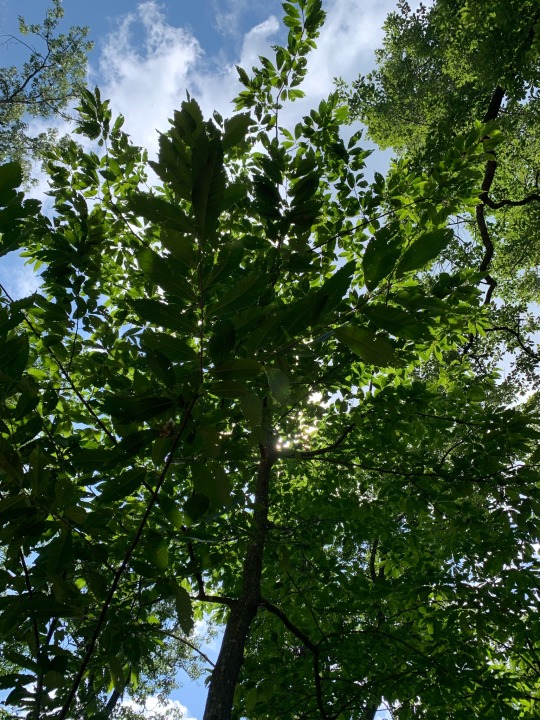
#american chestnut#hope#climate change#biodiversity crisis#climate crisis#trees#plantarchy#learning to imagine the future
3K notes
·
View notes
Photo

Noah Baughman (left) wrestles Luke PLetcher
21 notes
·
View notes
Text
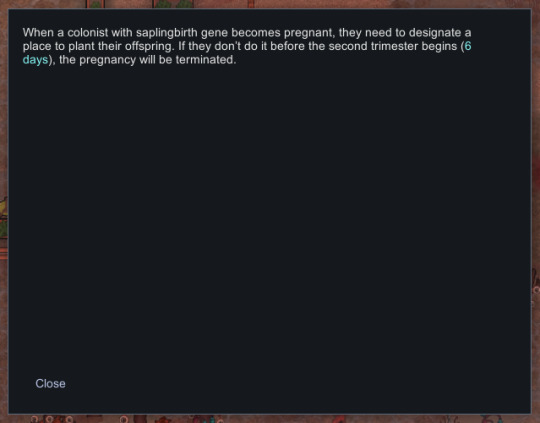

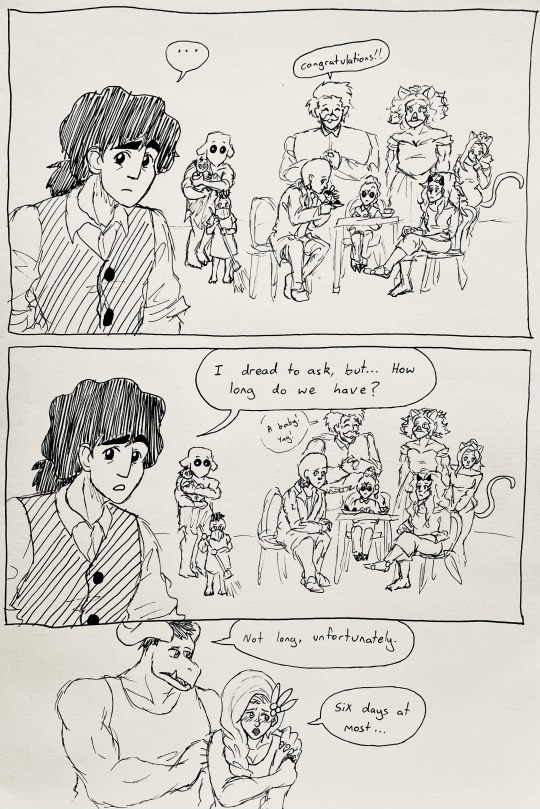

Against all odds, asexual Buckeye and reduced-fertility-gene Magic Man have managed to make a baby! However, because Buckeye is Animakin, she needs to plant the baby in soil... And there is no soil in the ocular forest where Monster's Basin is. Only red sand and red dirt and other nasty red stuff, which apparently doesn't count.
So, we have unexpectedly had to up and move in order to give this new baby the best possible chance of survival! We were hoping to be able to prepare a bit more first, but desperate times call for desperate measures. We'll leave everything behind for the sake of one of our own if we must.
However, moving means it's time for another (rather rushed, I'm afraid) colony tour! Presenting: Monster's Basin!!
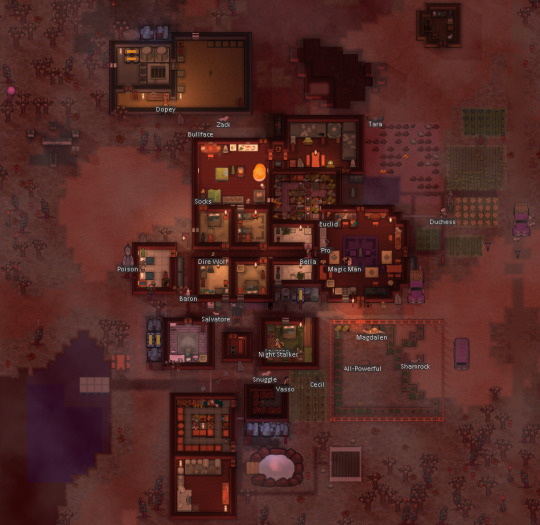
Here's the whole thing from above. If I had to describe it in one word, I would say "red".

Here is the central room, the kitchen/dining/ritual room. Next to it, we have two bathrooms and our freezer. Magic Man is already packing some of our human leather kneel sheets, as you can see.
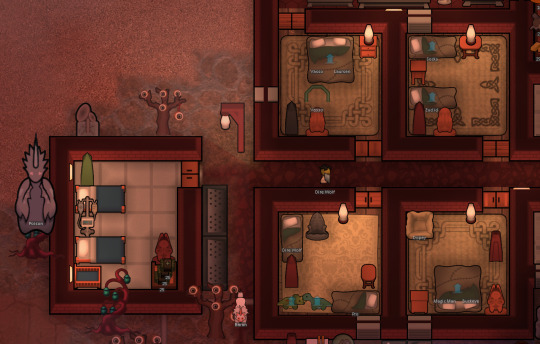
Some bedrooms: Top left is Vasso and Laursen's room, top right is Euclid and Socks' room, bottom left is Dire Wolf and Pro (and formerly Bella's) room, and bottom left is Magic Man, Buckeye, and Dopey the razorjack's bedroom.
We also have a small, utilitarian hospital.

Up above the bedrooms and the main room are our dinosaur museum (we can't go without a dinosaur museum) and our research laboratory. Also a better view of the freezer.

Our farms and a huge stack of red bricks that we'll never get to use.
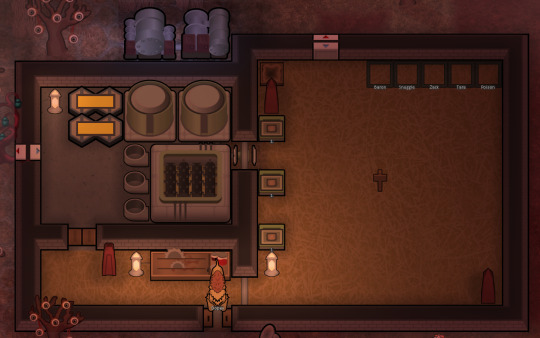
Here's a nutrient-paste barn that we got from a prefab some traders sold us. Mostly so we could see what it was, but our animals seemed to appreciate it.
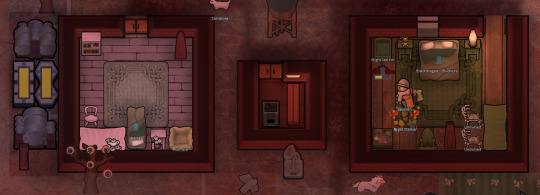
Bella's room that she was given when she grew up into an adult, the sauna, and Blackdragon, Duchess, and Night Stalker's room.
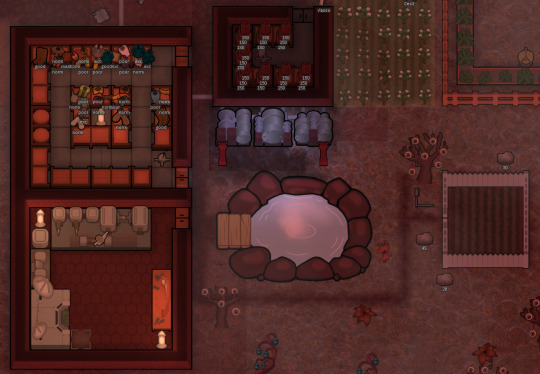
The wardrobe, the chemfuel room, the miscellaneous devices room, the hot spring, and the small place where we attempted to plant Buckeye's sapling child before we realised it didn't work in this biome.
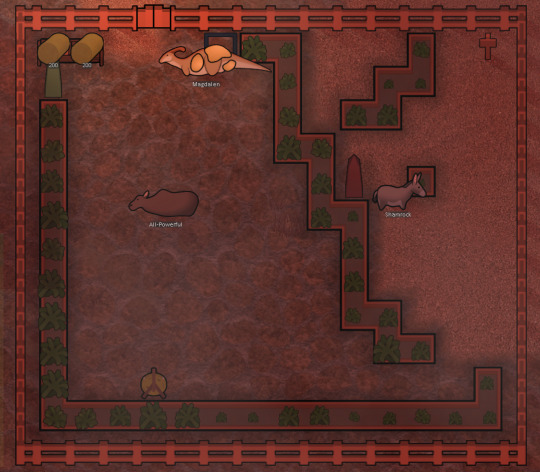
Finally, our animal pen/archery range. We were very fond of the moose named All-Powerful (she fell out of the sky), but we'll probably release her into the wild (along with a self-tamed hare and three baby wolfchickens some traders gave us) to help us conserve food on our abrupt journey.
And that concludes the tour of Monster's Basin! I wonder where our caravan will take us. Hopefully, somewhere with plenty of fertile soil for a growing sapling child...
First | Next | Previous
#rimworld#gracie plays#The Children of Ecthuctu#art#my art#traditional art#rimworld art#slightly more polished art than usual#comic#I'm excited for sapling baby#but I was not thrilled that it meant we had to move out so quickly#none of the colonists liked the ocular forest though#I'm sure they're glad of an excuse to leave asap#We could have let the pregnancy terminate I suppose#but I don't know if those two would have been able to have another kid#What with Buckeye being asexual and Magic Man having reduced fertility#So all in all I think this was the only option#Onward to new horizons!#What adventures does the future hold? Only time will tell...#Have a stupendous day!! <3 <3 <3
40 notes
·
View notes